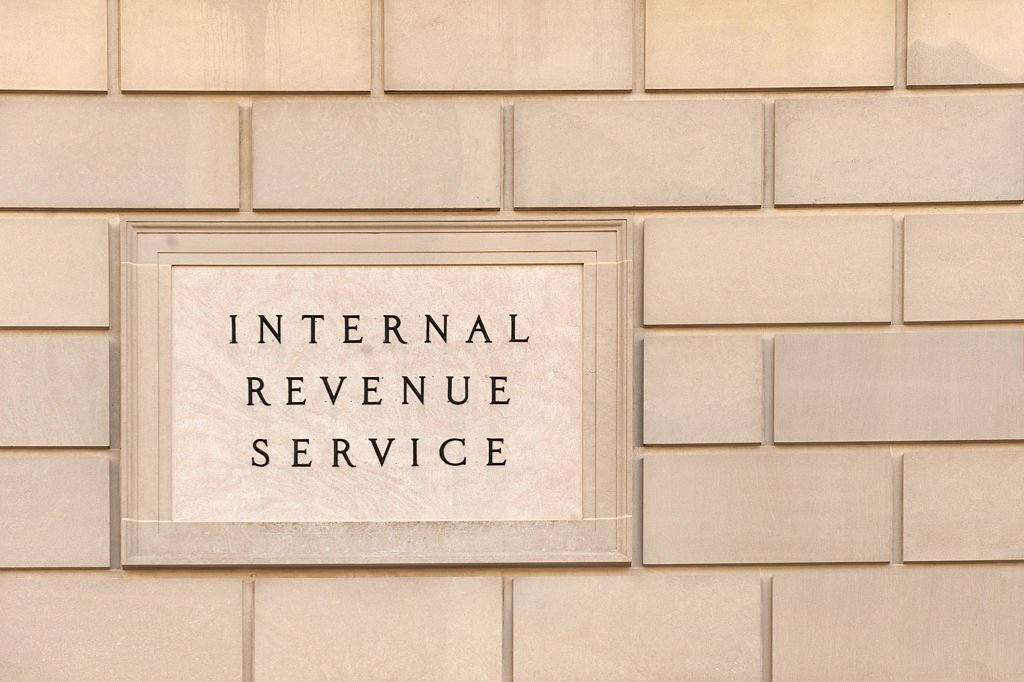(This is part of a series of articles on qualified
retirement plans for small business owners.)
Do you remember those traditional pension plans from days of yore? Although such plans are nowhere near as prevalent as they were back in your grandfather’s day – especially for employers that must cover dozens of employees or more — there’s still a time and place for the “defined benefit plan.” In fact, this option might be a perfect fit for a small business with just one or just a handful of full-time workers in the fold.
Currently, defined contribution plans like a 401(k) are more popular among employers than defined benefit plans due to the cost of providing the same level of benefits to the entire rank-and-file. With a defined contribution plan, a specified amount is contributed annually to the employee’s account, subject to certain limits. In contrast, a defined benefit plan specifies the amount of benefits that will be paid to the participant upon retirement. This often results in large contributions for higher-ups over a short period of time.
Generally, the amount of the contribution is determined by actuarial computations based on factors such as the participant’s earnings history, length of service and age. Under a commonly-used formula, benefits may depend on a percentage of average earnings during a number of years at the end of each employee’s career.
Similar to defined contribution plans, the tax law imposes limits on the amounts contributed to fund the benefit. These limits are indexed annualy for inflation.
For 2014, the annual dollar benefit for a defined benefit plan can’t exceed the lesser of (a) 100% of the participant’s average compensation for the three highest consecutive years of earnings or (b) $210,000. However, the maximum amount of compensation that may be taken into account for this purpose in 2014 is $260,000. (This tax law limit on maximum compensation also applies to defined contribution plans.)
Of course, there’s no such thing as a “free lunch.” The main disadvantage of defined benefit plans is that the employer must cover all eligible employees. Thus, the plan may become too expensive if the business grows beyond a small staff.
Other restrictions may apply to defined benefit plans. For example, if the plan is found to be ”top-heavy” (i.e., more than 60% of the benefits go to the company’s “key employees), it is required to provide contributions of at least 2% of compensation for each plan participant who isn’t a key employee. The tax law definition of a “key employee” for 2014 includes:
- A company officer earning more than $170,000;
- An employee who is a 5%-or-more owner of the company; and
- An employee who is a 1%-or-more owner of the company with an annual compensation of more than $150,000.
Furthermore, note that plan is legally required to ensure that it is properly funded, but benefits are insured by the Pension Benefit Guaranty Corporation (PBGC). There is no PBGC protection from bankruptcy for defined contribution plans.
Finally, there are several variations of the defined benefit plan besides the traditional pension plan. You can choose from a wide range of plans – including age-weighted plans, new comparability plans, target benefit plans and cash balance plans – or use a hybrid combining various elements. Small business owners should investigate the available options with assistance from a plan specialist.
Thanks for reading CPA Practice Advisor!
Subscribe Already registered? Log In
Need more information? Read the FAQs





